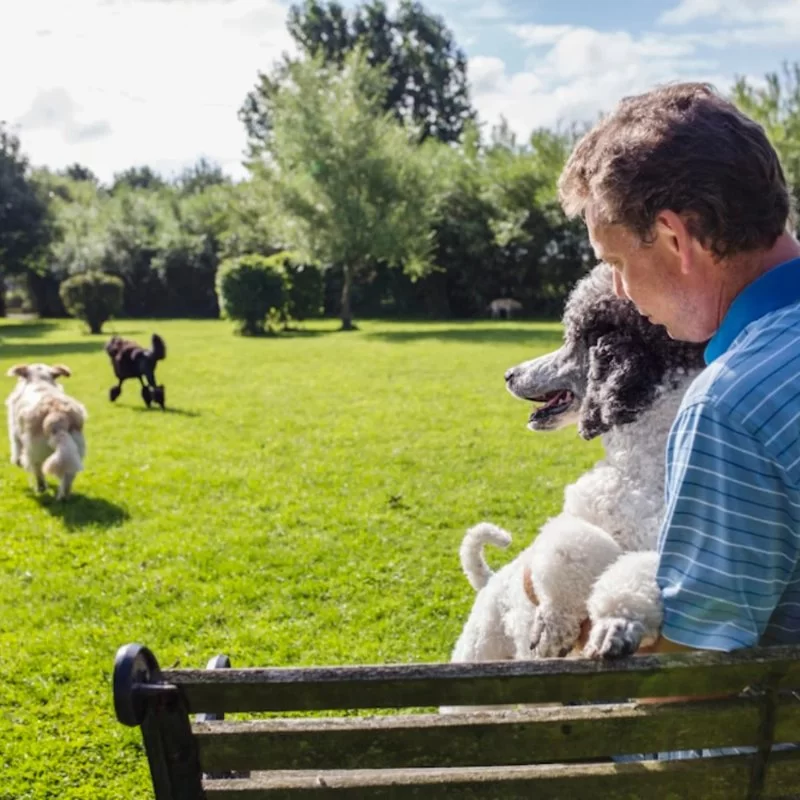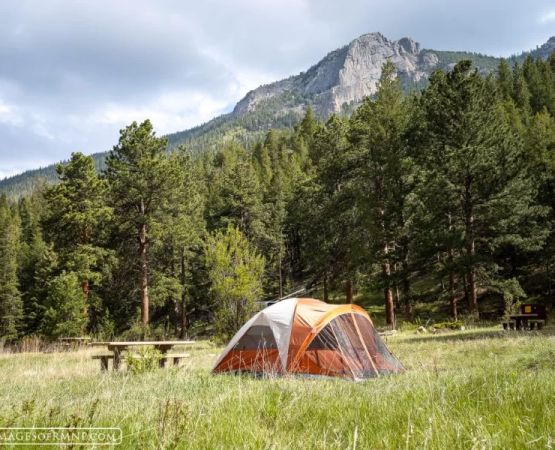- 1 - Respecting Shared Outdoor Spaces with Pets
- 2 - The Importance of Leash Laws and Control
- 3 - Cleaning Up After Pets and Environmental Responsibility
- 4 - Protecting Wildlife and Natural Habitats
- 5 - Managing Social Interactions Between Pets and People
- 6 - Ensuring the Safety and Comfort of Your Pet Outdoors
- 7 - Real-Life Examples of Outdoor Etiquette in Action
- 8 - Final Reflections on Responsible Pet Ownership Outdoors
1. Respecting Shared Outdoor Spaces with Pets
Outdoor etiquette for pet owners begins with respecting shared spaces. Whether it’s a park, hiking trail, or beach, these areas are meant for everyone to enjoy. Responsible pet owners ensure their pets do not damage property, disturb other visitors, or dominate common spaces. For instance, in popular U.S. city parks, signs often remind visitors that areas are multi-use, meaning joggers, cyclists, families, and pet owners all share the environment. Being mindful of others creates harmony and prevents conflicts, fostering an atmosphere where both humans and animals can thrive together.
2. The Importance of Leash Laws and Control
Leash laws exist to protect both pets and people. In the United States, many states and municipalities enforce strict leash regulations in public spaces. Even the friendliest dog can be unpredictable in a new environment, and sudden encounters with other pets or children can lead to accidents. Outdoor etiquette for pet owners means knowing and following these rules. Beyond compliance, a leash gives the owner control, ensuring pets don’t chase wildlife or disrupt other visitors. A hiker in Colorado once shared how an off-leash dog startled a mountain biker, leading to an accident that could have been avoided. Control is not just law—it’s safety.
3. Cleaning Up After Pets and Environmental Responsibility
One of the most fundamental aspects of outdoor etiquette for pet owners is cleaning up after pets. Leaving waste not only damages the environment but also poses health risks to people and animals. In urban and rural areas alike, uncollected waste can contaminate soil and water sources. Carrying biodegradable bags and disposing of them in designated bins is a small act with a big impact. Many trail organizations even run campaigns like “Leave No Trace” to remind visitors of this responsibility. By cleaning up, pet owners demonstrate respect for both nature and the community.
4. Protecting Wildlife and Natural Habitats
When venturing into forests, mountains, or lakesides, outdoor etiquette for pet owners includes protecting wildlife. Dogs are naturally curious and may chase birds, squirrels, or other small animals. This can disrupt delicate ecosystems and even put pets at risk. For example, in areas of California, unleashed pets have disturbed endangered bird species during nesting season. Responsible owners keep pets under control, respecting marked areas and wildlife zones. Teaching pets boundaries and keeping them from straying into protected habitats is crucial to preserving natural balance while still enjoying outdoor experiences together.
5. Managing Social Interactions Between Pets and People
Not everyone is comfortable around animals, and outdoor etiquette for pet owners requires awareness of this fact. Dogs may run up to strangers, but that doesn’t mean every person welcomes the attention. Some individuals may have allergies, phobias, or cultural reasons for keeping their distance. A good practice is always asking before allowing pets to approach others. One common story from New York dog parks involves tourists being overwhelmed by overly friendly dogs while their owners assumed everyone loved pets. Respecting boundaries shows consideration and avoids uncomfortable situations for fellow outdoor enthusiasts.
6. Ensuring the Safety and Comfort of Your Pet Outdoors
Outdoor etiquette for pet owners also means prioritizing the well-being of the animal. This includes bringing enough water, providing shade, and ensuring paws are protected on hot pavement or rugged terrain. In national parks, cases have been reported where pets became dehydrated on long trails because owners underestimated the physical strain. Being prepared with essentials like collapsible bowls, booties, or cooling mats ensures pets enjoy the adventure safely. Safety goes hand in hand with etiquette because a well-cared-for pet is less likely to become a burden or risk to others outdoors.
7. Real-Life Examples of Outdoor Etiquette in Action
Across the U.S., countless stories highlight the impact of responsible pet ownership outdoors. In Washington State, a group of hikers organized a “pack-in pack-out” challenge, encouraging pet owners to collect not only their own waste but also any abandoned litter they found. This turned into a community-driven movement, showing how outdoor etiquette for pet owners can set an example for broader environmental stewardship. Similarly, at Pine Cliff Resort, pet-friendly policies encourage guests to follow clear guidelines that balance freedom with responsibility. These examples illustrate how etiquette is more than rules—it’s community building.
8. Final Reflections on Responsible Pet Ownership Outdoors
Understanding the principles of outdoor etiquette for pet owners means recognizing that every choice impacts others—humans, animals, and the environment. From following leash laws and cleaning up waste to protecting wildlife and respecting personal space, these actions form the foundation of responsible outdoor experiences. For pet owners, etiquette is not just about avoiding problems but about creating positive, memorable adventures. As more Americans embrace outdoor lifestyles with their pets, committing to these practices ensures parks, trails, and resorts remain welcoming for generations to come. Those looking for pet-friendly experiences can explore Pine Cliff Resort, where guidelines and services help owners enjoy the outdoors responsibly and joyfully.







